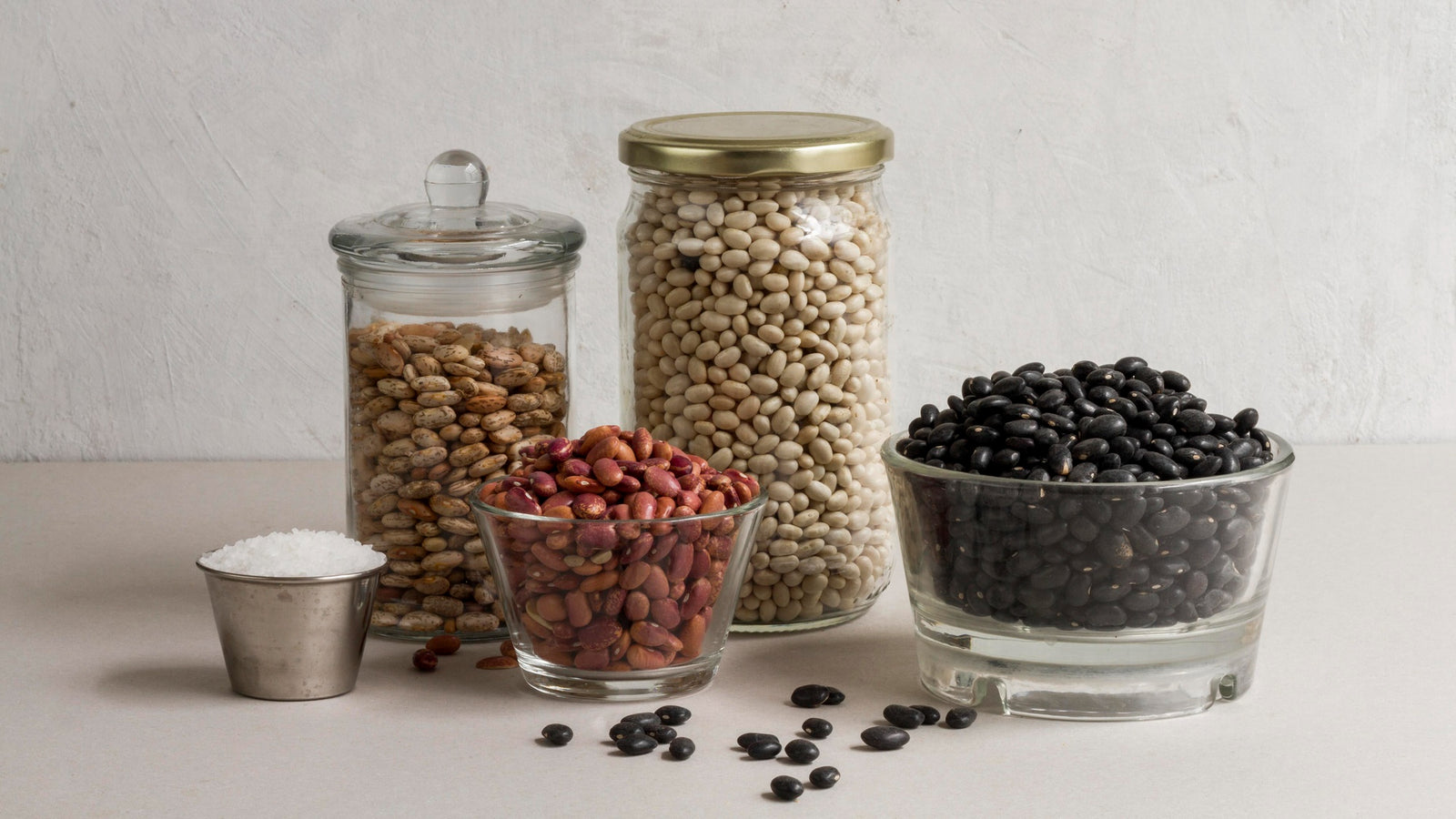
June 14, 2022 2 min read
Khorasan Wheat (or Kamut) is classified as Triticum turanicum. This species of wheat is related to tetraploid, more commonly known as Durum wheat, a pasta grain. Khorasan is the best choice as a substitute for common wheat as they are very similar in many ways. It can be used to make bread, cookies, risotto, and anything else that calls for wheat flour.

Although Kamut is similar to common wheat, there are a few key differences between the two grains.
Khorasan wheat is said to be more easily digestible than other wheat. While it isn't gluten-free, its gluten content is different than common wheat, making it better for gluten-sensitive people. Khorasan wheat is much larger in size, it being a long-grained wheat. Its shape is also slightly more rounded than other types of wheat. The taste is much sweeter than common wheat. It contains natural sugars that make this wheat easily distinguishable by taste. The taste is rich and has a nutty tone to it.

This ancient grain originated in Egypt, along the fertile crescent. In ancient Egypt, they most likely would have ground the wheat berries into flour to make bread.
Although there are many interpretations of how we came upon the specific wheat we have now.
Some say the grain was found in an ancient Egyptian tomb. Others say small farmers cultivated the crop and gave us the kind of wheat we have today.
No matter how it was found, the type of Khorasan we have now is most likely not the exact same variety as the one originally found in Egypt.
Kamut is an especially nutritious cereal, being rich in protein and dietary fiber. It is a nutrient dense wheat that most consider a super grain. To learn more information about what a super grain is, check out our blog What are Supergrains?
❤ Try our USDA certified organic Kamut Wheat Berries ❤
Thanks for reading this Be Still Farms Blog article. To sign up for more news/articles and/or recipes, click here. For more about us, click here. To shop our certified organic products, click here.
Please comment and share and we look forward to serving you in the future!
Comments will be approved before showing up.

May 01, 2024 3 min read
This article explores the differences between cane sugar and beet sugar, from their production processes to environmental impacts, highlighting why understanding these distinctions is crucial for making informed decisions about food consumption and sustainability.

April 29, 2024 3 min read

April 24, 2024 3 min read
This article explores the unique characteristics and culinary uses of pinto beans, small red beans, and black beans. Highlighting their distinct flavors, textures, and nutritional profiles, the piece delves into how each bean fits into different regional cuisines and cooking methods. From the creamy texture of pinto beans in Mexican dishes to the firmness of small red beans in Caribbean meals and the robustness of black beans in Latin American recipes, this guide offers a comprehensive look at these versatile staples in global kitchens.
© 2024 Be Still Farms- Real, Fine Organics.
Privacy | Terms | Refund Policy | Organic Certification
